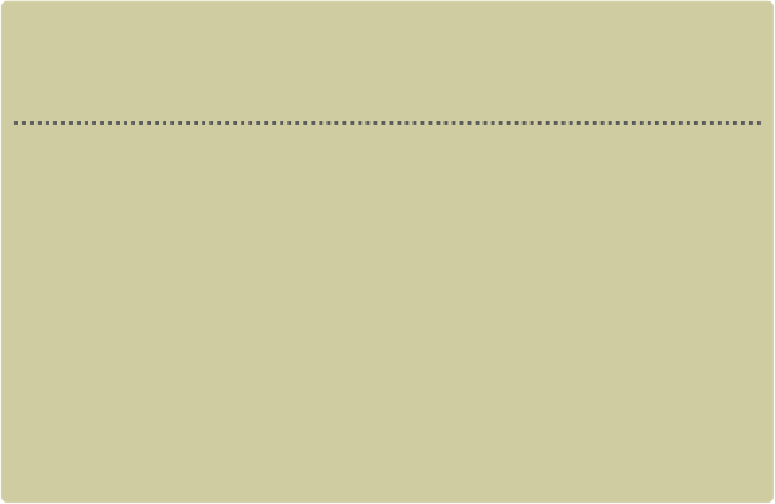Travel Reference
In-Depth Information
had 33 kings who engaged in more than 70 wars during its 417-year period;
however, fine diplomatic skills also ensured no Western power ever ruled Siam.
The last of the empire's battles was in 1767, when an invading Burmese army
sacked the city, looting most of its treasures. What was left continued to crumble
until major restoration work began. In 1991 Ayuthaya's ruins were designated a Un-
esco World Heritage Site.
Sights
For simpler navigation, we've divided up the sites into 'on the island' and 'off the is-
land' sections. It is easy to get between the sites by bicycle, and hiring a guide for
some historical detail is useful.
Most temples are open from 8am to 4pm; the more famous sites charge an en-
trance fee. A one-day pass for most sites on the island is available for 220B and
can be bought at the museums or ruins.
If You Like...
Temple Ruins
If you'd like to explore more of Ayuthaya's ruins, hire transport to visit these far-flung sites:
1 WAT YAI CHAI MONGKHON
(east of island)
A 7m-long reclining Buddha is the defining feature of this temple,
built by King U in 1357 to house Sri Lankan monks. The bell-shaped
chedi
(stupa) was later built to honour King Naresuan's victory over Burma.
2 BAAN TH DUSIT TEMPLES
(east of island)
A rural collection of temples, like Wat Maheyong, Wat Kudi Dao
and Wat Ayuthaya.
3 PHU KHAO THONG
(northwest of island)
At the top of the
chedi,
79 steps are splendid views of the
city. It was originally built by the Burmese during a 15-year occupation of Ay-
uthaya but was later retrofitted by the Thais to celebrate the occupier's ouster. A




